I don't know who got the bigger surprise when we saw each other, her or me.
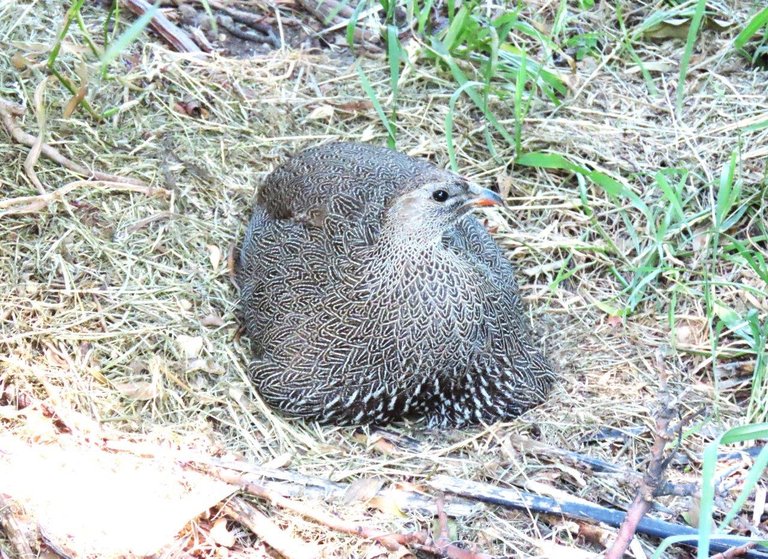
For a few seconds we stared at each other, and then she scattered. But she left something behind.
The Cape spurfowl or Cape francolin (Pternistis capensis) is a gamebird in the pheasant family Phasianidae. It is endemic to southern Africa, where it is the largest francolin. It occurs in the Western Cape province of South Africa, and locally northwards to southern Namibia. It has adapted to alien vegetation and a variety of human-altered habitats, but scrubby roosting and nesting space is a prerequisite. The species is not threatened.
The Cape francolin is a bird of scrubby open areas, preferably close to running water. It breeds in spring and early summer, when it is also most vocal. Its nest is a grass-lined scrape under a bush, and six to eight eggs are laid (but sometimes two females will lay in one nest). This species can become very tame if disturbance is limited, and will feed in gardens, by roadsides, or with farmyard chickens. It will run rather than fly if disturbed, but even while quite small, just a few weeks old, it flies readily and strongly when startled or pressed.
I only had time to take the two shots of her and look carefully at the spot that she was sitting, as then you will see what she left behind.
Look carefully at the spot at the left to see her babies. She can be seen rushing away at the right of the picture.
The babies followed.
Then the mom turned to run along the log to the left-hand side.
The babies ran after their mom, and then they were all gone. Search as I might, I couldn't find them again.
Look at the spurs (long nails) on the male's legs. You don't want to get kicked by those spurs, as it can be very painful. The male protects his family by kicking any attackers.
Let's have a look at something else.
There are two nests in the photo below. Can you see them.
No? Here is the first one and the structure of the nest told me that it belongs to Malachite Sunbirds.
Fortunately, I could get the female sitting on her eggs.
And here is the second nest, close by to the malachite nest. A silk bag of rain spider eggs.
Not to worry, as rain spiders will not attack the bird's babies. Inside the silk bag, leaves and dried bits are neatly packed to cover the rain spider's eggs. This is what I like, to walk around in areas that are off the beaten track, because it always delivers. One can see how intelligent the sunbirds are, because they build their nests in-between the Num-num bushes and let me tell you that those bushes all have very sharp thorns. How do I know? Well, I felt their sting a few times over the years, and I also lost some pants by the thorns ripping into them. Just a cost of the photography trade. Lol.
I hope you enjoyed the pictures and the stories.
Photos by Zac Smith-All Rights Reserved.
Camera: Canon PowershotSX70HS Bridge camera.
Thank you kindly for supporting this post.


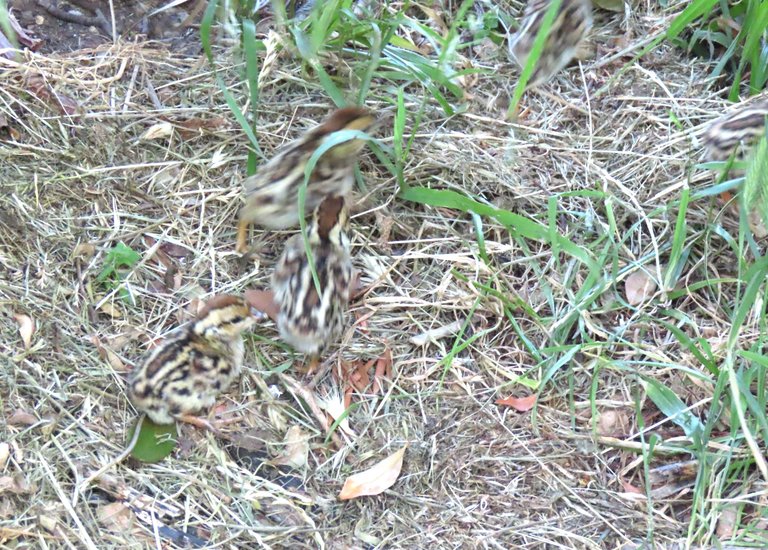
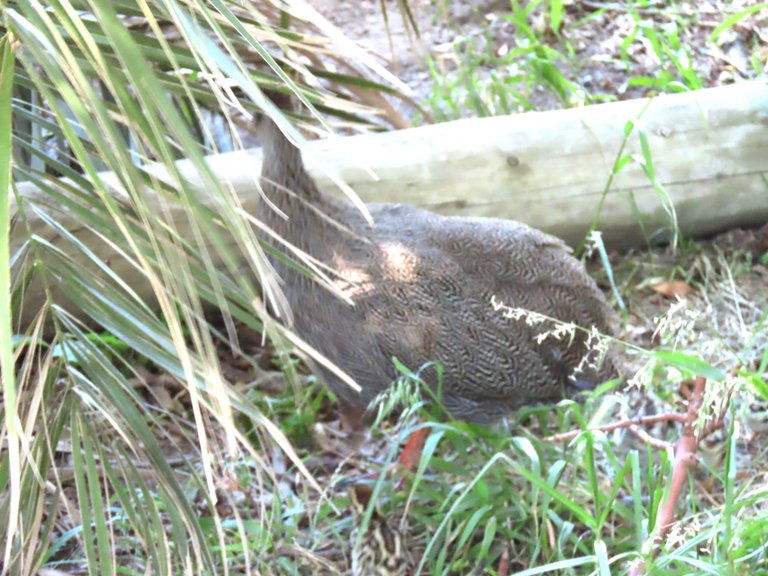
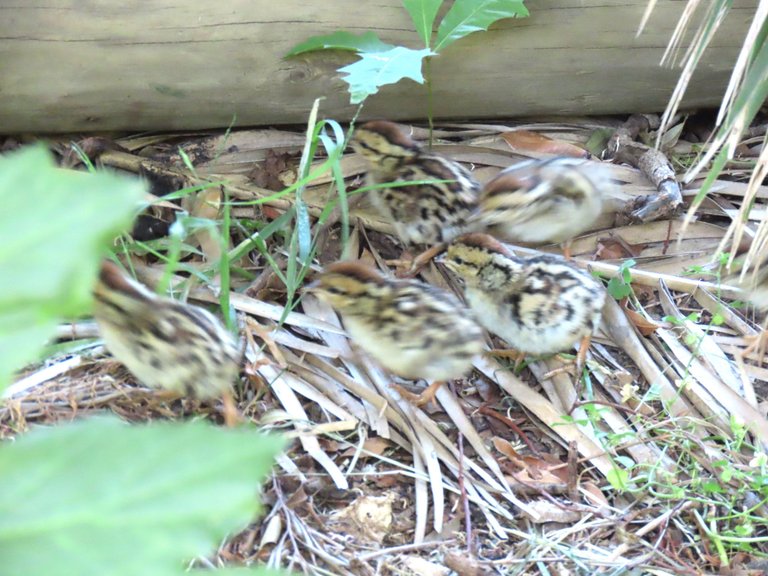
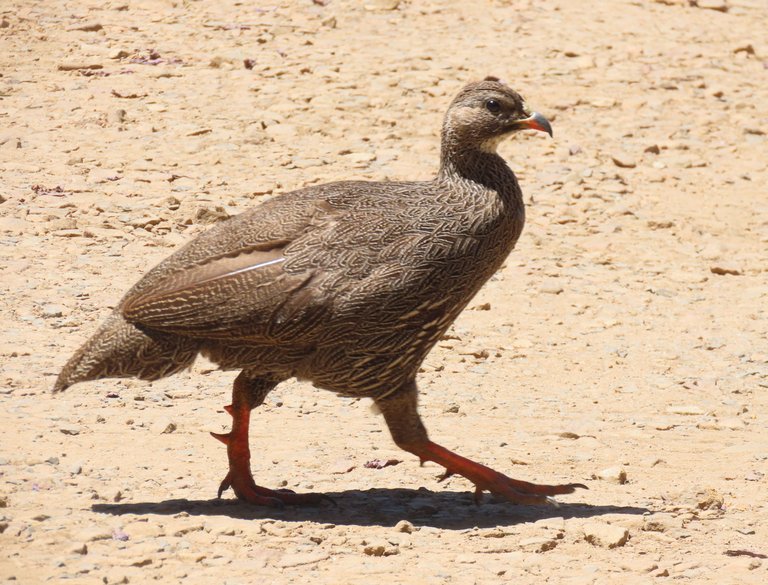
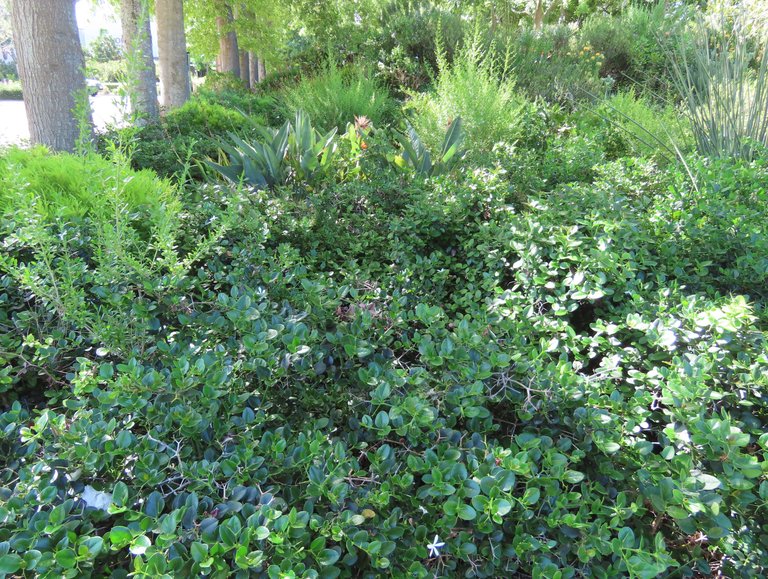
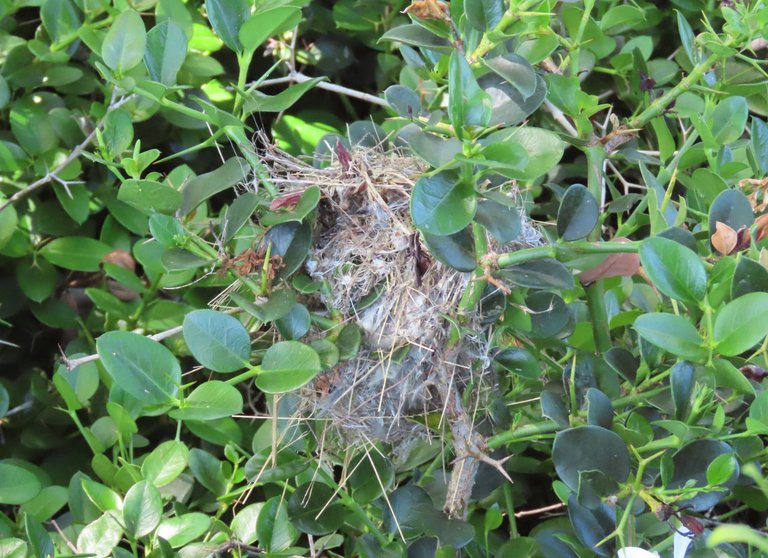
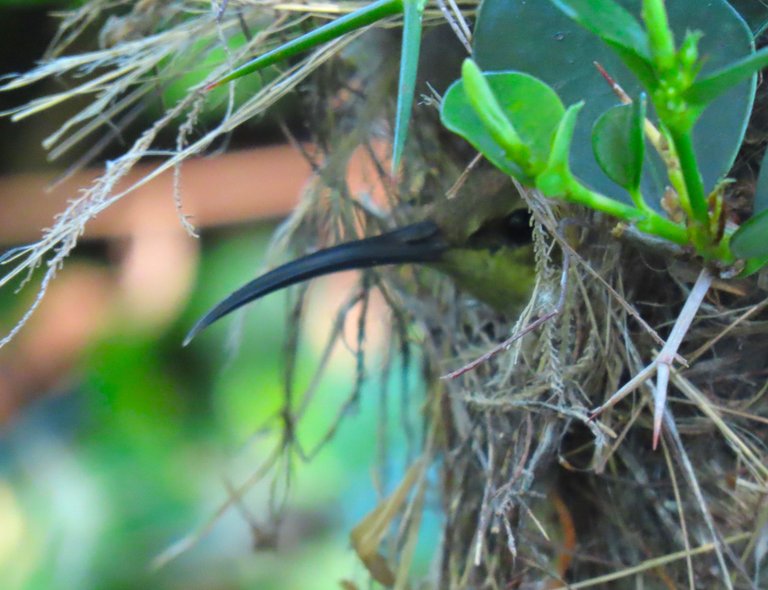
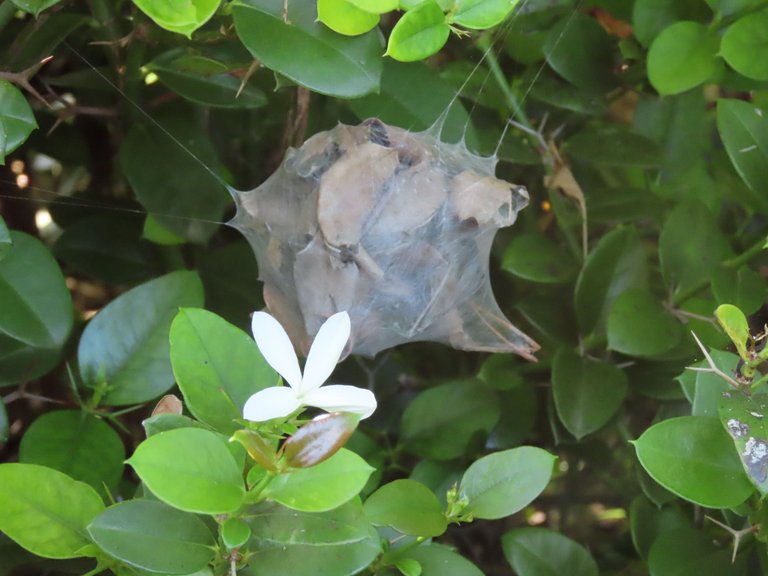
nature wonders
Oh yes!
Nothing can compete with nature, it is the most beautiful and the animals that are like this are also very intelligent and keep their favorite things in the same way.
True, and all of nature's residents were fully equipped to survive in nature. !LOL
Wow, the color of the bird is very beautiful, the baby at a glance looks similar to a baby chicken.
Thank you, and to me, the babies look more like the Guinea fowl chicks. !LOL
You was the intruder for her :D
Yep! Guilty as charged. !LOL